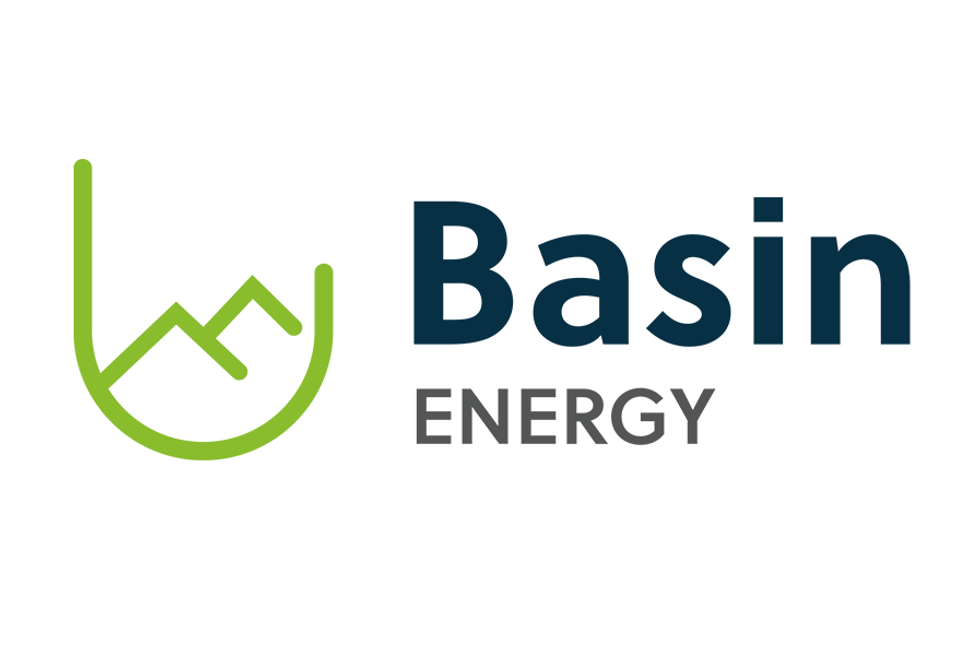
A look at where analysts see the uranium price moving in the short and long term.
The uranium price officially hit an 11-year low on August 5, dwindling back down to $25 a pound where it was in 2005, even before the 2011 Fukushima disaster. Analysts have been long speculating when the uranium sector will recover from Fukushima, but that recovery could still be several years away.
Year-to-date, the uranium price is down 27 percent and hasn’t been able to recover due to the oversupplied market, according to FocusEconomics‘ August 2016 report. Still, while the sector remains bleak, it is expected to improve. The Investing News Network (INN) looked at what analysts are saying about the uranium outlook and at a few uranium stocks to watch.
Uranium price forecast improving?
Analysts surveyed by FocusEconomics’ expect the prices to gradually rise due to an increase in demand from India, Russia and China, with prices averaging $33.20 per pound in the fourth quarter of 2016. Dipping into 2017, panelists expect the price to continue rising to an average of $39.50 by the fourth quarter.
While uranium is currently seeing rock bottom prices, it certainly has come a long ways to go in just a few short months to rise above the $30 per pound mark.
At the end of July, Cantor Fitzgerald released its 2016 Quarterly Commodity Outlook and noted that the spot uranium price of $27.55 for the Q2 2016 was lower than its estimate of $33 per pound. Rob Chang, senior analyst at Cantor Fitzgerald, noted their expectation that utilities would begin “accumulating uranium for their upcoming uncovered requirements have not materialized.” Chang added the firm has changed its view and expects utilities to focus their buying in the spot market “until they are no longer rewarded with low prices for doing so.”
That being said, Chang wrote that Cantor Fitzgerald believes a “violent increase” for the uranium price is in the cards, but that large global uncovered requirements are large and there cannot be enough available spot market inventory to cover the pending demand.
“In the current low price environment we believe a significant number of uranium mines will shut down once the high priced contracts that have been keeping them operational roll off,” the report reads.
For the foreseeable future, Cantor Fitzgerald expects the uranium price to remain somewhere around $40 per pound due to forecast production shutdowns based on the expiration of long term contracts.
On the other hand, the firm also projected uranium prices of $70 per pound based on the assumption that uranium producers will produce at their forecast production levels, all new uranium projects will start on time and exactly according to their ramp up forecasts.
With both scenarios in mind, however, Cantor Fitzgerald views the first scenario to be the most realistic as “it is unreasonable to assume producers will continue producing at a loss indefinitely.”
A long ways to go
However, not all analysts are projecting an upward swing for the uranium sector. The Economic Calendar reported in July that UBS analysts project the uranium spot price to close out 2016 at $30 per pound, down from its previous prediction of $37. Moving ahead to 2017, UBS changed its forecast to $32 per pound, down from $55.
UBS is projecting low uranium spot prices due to the fact that that Japanese reactor restarts have taken longer than expected, says the Economic Calendar.
Despite this, China currently has 34 nuclear power reactors in operation with 20 under construction, and more on the way, according to data from the World Nuclear Association.
Stocks to watch
While the uranium sector remains bleak, a number of stocks have managed to hold ground during tough times. We looked at a few of the current top stocks within the sector.
- CanAlaska Uranium (TSXV:CVV): CanAlaska has been exploring for uranium in the Athabasca Basin in Saskatchewan since 2004 and holds one of the largest land positions in the region making up 2.1 million acres. In addition to exploring for uranium, the company has also started exploring for diamonds on its 100 percent owned Alberta Diamond Project. Year-to-date, CanAlaska’s shares have increased 936.36 percent to $1.14;
- Purepoint Uranium Group (TSXV:PTU): Purepoint Uranium currently operates the Smart Lake project in the Athabasca Basin under the terms of an agreement with Cameco (TSX:CCO) that allows them to acquire up to a 50 percent interest in the project. Year-to-date, Purepoint’s shares have increased 200 percent to $0.105; and
- Mega Uranium (TSX:MGA): Year-to-date, shares of Mega Uranium have steadily increased 121.43 percent to reach $0.155. Currently, the company is focused on developing its projects in Australia.
Don’t forget to follow us @INN_Resource for real-time news updates!
Securities Disclosure: I, Jocelyn Aspa, hold no direct investment interest in any company mentioned in this article.
This is an update to an article written in September 2015. Please scroll to the top for the most recent information.
The uranium price has trended downward since the 2011 Fukushima disaster, and has hovered below the $40 mark throughout 2015. However, there is a laundry list of major catalysts expected to help move the uranium price in the coming years, and many see a supply deficit in the cards by 2020.
As of September 17, the U3O8 spot price was sitting at US$37.25, unchanged from the previous week. And while the price has moved up only slightly in the past couple of months, analysts believe that’s set to change. With that in mind, the Investing News Network has put together uranium price forecasts from different experts to give investors an idea of what to expect.
Uranium price forecast: Cantor Fitzgerald
When Cantor Fitzgerald released its Quarterly Commodity Outlook at the end of July, it noted that in Q2 2015, the uranium spot price came in under its estimate of US$40 per pound, instead hitting US$36.79. At the time, Cantor Fitzgerald Senior Analyst Rob Chang explained that the lower price was mainly due to utilities refraining from both signing contracts and buying.
“The buyers themselves know the prices are going to be a lot higher and they fully see that in the future they are going to pay a lot more — double, maybe even triple. But it is a bureaucracy, they need to get approvals from others, and it’s difficult to justify to the senior board to lock in a contract at US$45, US$50, US$60 when you can just as easily walk into the market right now and buy it for US$36. And they have been right so far,” Chang said, adding that the premise that ample inventory is readily available has also kept buying at bay.
While the firm’s Q2 prediction missed the mark slightly, Cantor Fitzgerald is still firm on its spot price predictions for the next three years, and expects to see the price at US$50 in 2016, US$60 in 2017 and US$70 in 2018. Chang said he expects it will be sales contracts from utilities that move the price in the short term.
“At some point, someone is going to have to jump in and buy and others will do the same — the spot market is so thin that it will show. Just like last year, when a few buyers came in it went from US$28 to the US$40 range really quickly,” he said.
Uranium price forecast: Dundee Capital Markets
Dundee Capital Markets has a slightly higher outlook for the spot price in 2016, and expects it to reach US$55 per pound. As for 2017 and 2018, the firm expects the price to flatline at $65 per pound. In regards to term volume, which according to Dundee Senior Analyst David Talbot is anything contracted for longer than 12 months, contracts made in 2016 should fall in the $65-per-pound range; for 2015, the firm expects term volume to be $58 per pound.
“Following a contraction below the $10 per pound historical average when spot hit US$44.00 per pound with term flat at US$45.00, the term market reacted with term prices rising to US$49 per pound. Term hasn’t shifted from that level since although spot has settled to reflect a widening of the spread,” Talbot said in a research note. “Term activity has been somewhat slow this year but soon to-be US ISR producer Peninsula Energy (ASX:PEN) negotiated contracts at US$49 per pound in December 2014. With only 80 million pounds term volume over the past two years, we believe that contracting must accelerate to offset the nearly 360 million pounds of uranium used in nuclear reactors over the same period. The 2016-17-18 period sees a tremendous increase in uncovered demand.”
Securities Disclosure: I, Kristen Moran, hold no direct investment interest in any company mentioned in this article.
Related reading:
Major Catalysts Expected to Move the Uranium Price
Athabasca Basin Uranium Companies to Watch





